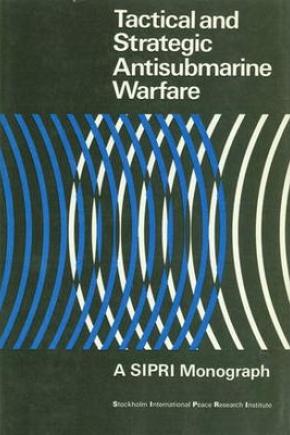Tactical and Strategic Antisubmarine Warfare
Submarine-launched ballistic missiles have long been considered the most invulnerable component of the strategic nuclear forces deployed by the United States and the Soviet Union. The difficulty of detecting strategic missile-armed submarines in the millions of cubic miles of ocean where they can roam is so great that they are virtually immune to a concerted attack by antisubmarine (ASW) forces. This invulnerability is central to the stability of nuclear deterrence, since it provides the nuclear powers with assured capability to retaliate in the event of a surprise nuclear attack.
In the past few years, it has become apparent that land-based strategic missiles (ICBMs) are likely to grow increasingly vulnerable to a counterforce strike as advances are made in missile accuracy. As a result, the security of submarine-based missiles from attack by ASW forces is becoming increasingly vital to the stability of the nuclear balance. The capacity of large numbers of sea-based missiles to survive an attempted ASW attack and threaten retaliation ensures that no strategic or political gains can be derived from an initial nuclear strike against ICBMs or cities.
Substantial resources are being devoted to the improvement of antisubmarine warfare technology, and ASW forces are steadily growing in capability. Although antisubmarine warfare has traditionally been directed at keeping sea-lanes of communication for surface ships free of submarine attack, some potential for redirecting ASW efforts toward the detection, tracking and destruction of strategic missile-carrying submarine exists.
Against this background, this study examines developments in antisubmarine warfare, looking first at the basic technology and physical parameters of acoustic underwater detection systems, and then describing the latest and most sophisticated ASW equipment either under development or being deployed. It then describes the requirements of traditional tactical submarine warfare, and distinguishes these from the substantially different requirements associated with locating strategic submarines, which seek to avoid rather than approach surface shipping. In a concluding chapter, it suggests several consequences for assuring the invulnerability of the submarine-based strategic missiles and, thus, the stability of nuclear deterrence.
1. Introduction
2. Underwater acoustics
3. Submarine acoustic detection systems and their platforms
4. Tactical antisubmarine warfare
5. Anti-strategic-submarine warfare
6. ASW and strategic stability
Appendix 1. ASW equipment and weapons, by country of origin
Appendix 2. ASW platforms, by country of origin
Appendix 3. ASW forces, by country of deployment

